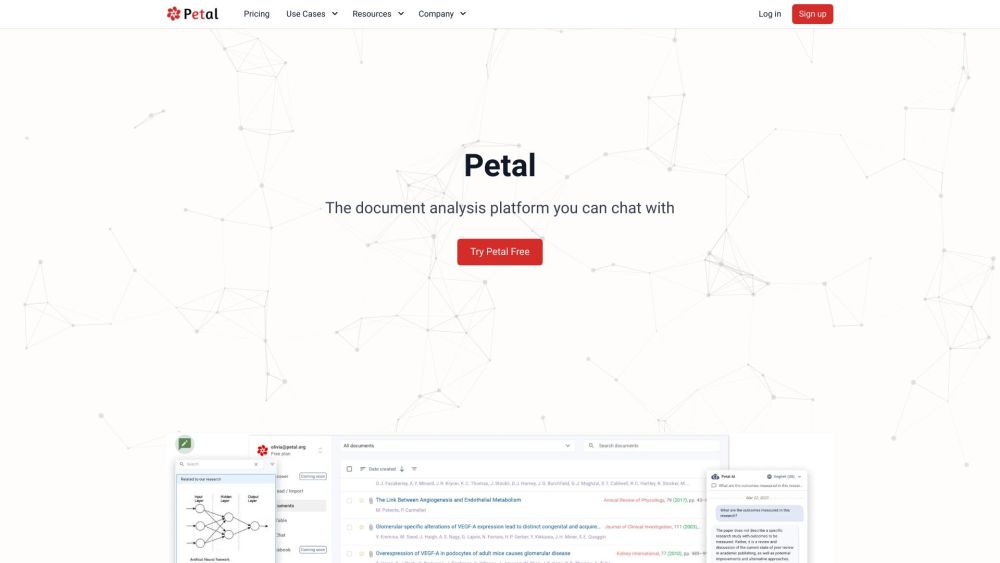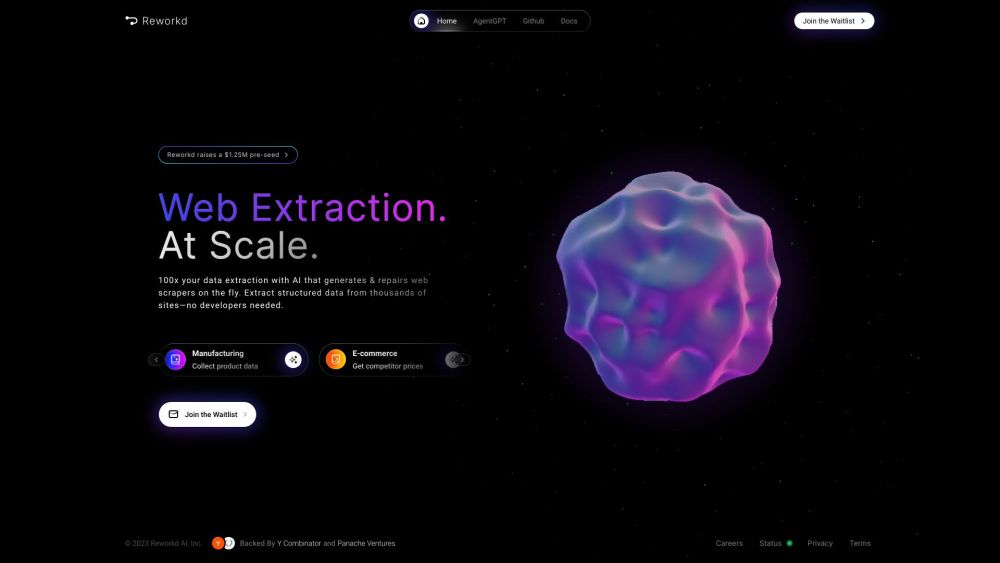"Neo4j Enhances Graph Technology Accessibility with AI Copilot and 15x Increased Read Capacity"
Most people like

Introducing our AI-powered platform designed for comprehensive document analysis, interactive chat, seamless collaboration, and dynamic content creation. Elevate your productivity and streamline your workflows with cutting-edge technology tailored for professionals.

In today's rapidly evolving work environment, fostering employee engagement is crucial for organizational success. An AI-powered employee engagement platform leverages advanced technology to enhance motivation, collaboration, and overall productivity within teams. By utilizing data-driven insights and personalized strategies, this innovative solution empowers businesses to create a more connected and motivated workforce, ultimately driving performance and retention. Explore how an AI-focused approach can transform your organization’s engagement strategies and lead to a thriving workplace culture.

Introduction to AI Agents for Web Data Extraction
In the era of big data, extracting valuable information from the web has become essential for businesses and researchers alike. AI agents are revolutionizing this process by automating web data extraction, enabling users to gather insights efficiently and accurately. By harnessing advanced algorithms and machine learning techniques, these intelligent agents streamline the task of sifting through vast amounts of online information, transforming raw data into actionable intelligence. Explore how AI agents are changing the landscape of web data extraction and the numerous benefits they offer to organizations in today’s digital world.
Find AI tools in YBX
Related Articles
Refresh Articles

